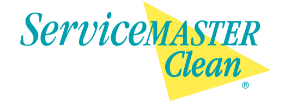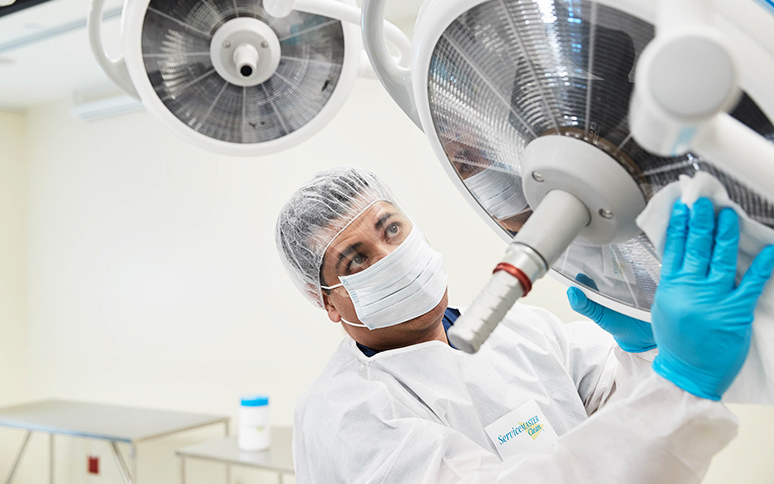4 Ways That Pathogens Are Spread
There are many different types of pathogens that may exist within healthcare settings, and both healthcare workers and patients are at risk of exposure to harmful pathogens. Read on to learn about the four general ways pathogens are spread, plus tips on how to help protect your healthcare facility, with help from the professionals at ServiceMaster Clean.
What Are Pathogens?
Pathogens are microorganisms that cause diseases. There are five main types of pathogens:
- Bacteria
- Fungi
- Viruses
- Protozoa
- Prions
For any type of pathogen to cause an infection, it must have the means for contacting a susceptible host. According to the National Center for Biotechnology Information (NCBI), "To establish an infection, the pathogen must first colonize the skin or the internal mucosal surfaces of the respiratory, gastrointestinal, or urogenital tracts and then overcome or bypass the innate immune defenses associated with the epithelial and underlying tissues." Once this occurs, diseases caused by pathogens are easily transferable from person to person.
How Are Pathogens Spread?
Despite the variety of pathogens that exist, the ways the microorganisms are spread from person to person are generally the same. Here are four basic pathogen transmission paths:
Airborne
Airborne pathogens are part of a direct transmission path in which pathogenic infections are transferred through sneezing, coughing or speaking. The pathogens can also be spread via dust particles containing the microorganisms. Good examples of airborne-spread pathogens include:
- The common cold
- Influenza
- Tuberculosis
- Measles
Bloodborne
Part of an indirect transmission path, bloodborne pathogens can be spread through the following paths:
- Saliva
- Sweat
- Sexual contact
- Sharps injuries
Within a healthcare environment, needle pricks and accidental skin breaks from handling sharps instruments are common examples of bloodborne pathogen infections.
Droplet
Droplets spread by coughs, sneezes or other means can spread infection from person to person. Sprays and splashes occur when germs are spread through droplets and land on a susceptible person's mouth, nose or eyes. Examples of droplet-related pathogen transmission include:
- Meningitis
- Pertussis
Direct Contact
Some pathogens are spread through direct contact with bodily fluids, skin or mucous membranes. Diseases transmitted through direct contact include:
- Cold sores
- AIDS
Pathogens can also be spread by touch. For example, healthcare staff can be exposed to pathogens present on medical equipment or high-touch surfaces and spread the pathogens to susceptible patients if proper hand hygiene is not performed.
Preventing the Spread of Pathogens in a Healthcare Environment
Avoiding the spread of infection in your medical facility is a priority. While you can't always keep pathogens at bay, there are certain measures you can take to help safeguard your staff and patients against the transmission of infection. Consider including these steps in your infection prevention plan:
- Follow proper hand hygiene: Make sure staff washes their hands before and after treating patients. Provide easy access to alcohol-based sanitizer throughout the facility.
- Quickly identify contagions: Train staff on how to immediately identify highly infectious contagions. Provide information to healthcare workers about when patients should be placed in isolation to prevent contact with other staff and patients.
- Use personal protective equipment (PPE): Train staff on the proper use and disposal of PPE such as masks, gloves and gowns.
- Regularly clean and disinfect surfaces: Every room in the facility should be thoroughly cleaned and disinfected between patients. Non-patient areas such as waiting rooms and nurse stations should also be cleaned and disinfected daily.
While these pathogen prevention tips can go a long way in keeping staff and patients safe, making sure your healthcare facility is properly cleaned is equally important. Contact the experts at ServiceMaster Clean today to see how you could benefit from our comprehensive healthcare janitorial services.







